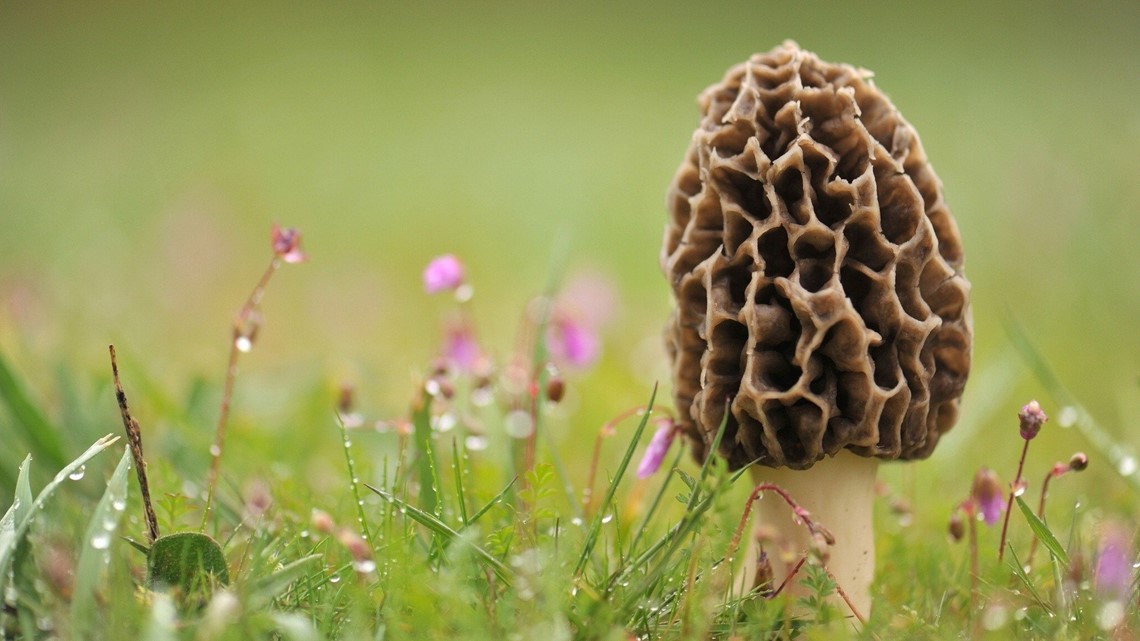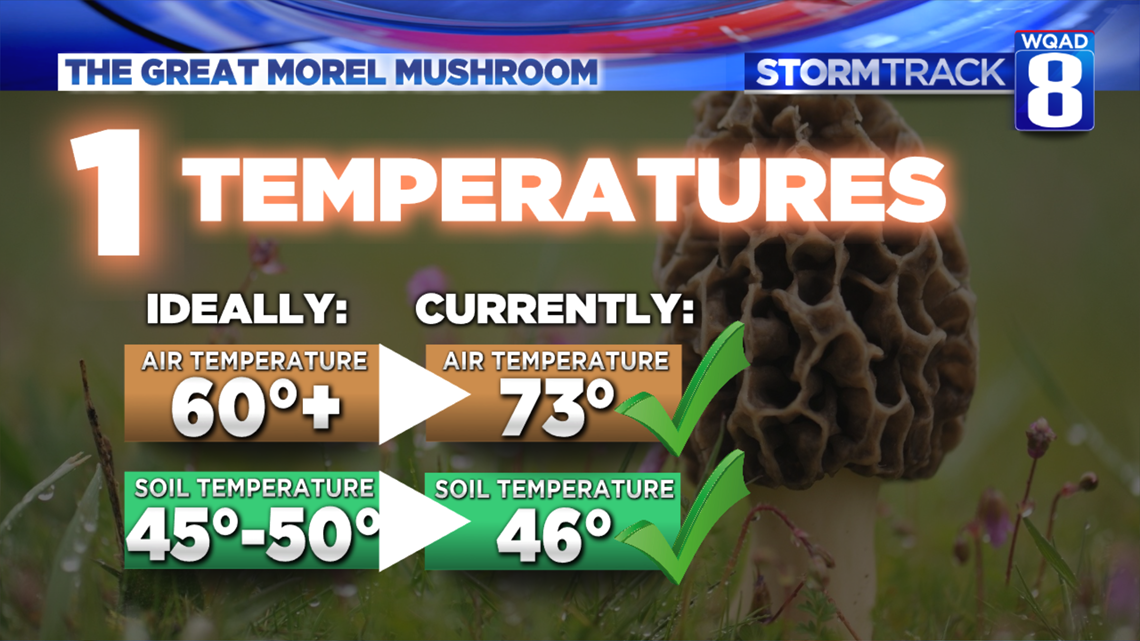With a warmer and wetter pattern settling in for the middle of the week, the chances that we’ll see new growth on the ground will continue to increase dramatically. In addition to greener grass and more trees with emerging leaves, we’ll also be able to start hunting for these funny looking things, Morel mushrooms.


Morel mushroom hunting has become increasingly common all across the United States in the last several years. The fact that they require specific growing conditions not easily duplicated has turned the process of finding them into a sport that many enjoy today. While they look like something out of a science-fiction movie, they are considered a prized delicacy. Morels can make everything from wine sauce to pasta and even soup! You’ll find plenty of them at the local farmers market, often selling for a pretty penny!


In the weather world, there are two specific conditions that we want to keep track of; the temperature of the air/soil, and the rainfall pattern. Ideally, morel mushrooms prefer air temperatures of 60 degrees or higher with soil temperatures between 45 and 50 degrees. Right now our soil temperatures are nearly perfect, sitting at 46 degrees. Our temperatures have been rather cool lately, but a nice warm up into the 60s and 70s for much of this week will take care of that problem nicely.


Precipitation is another important factor. We’ve had a fairly active winter with plenty of snowfall, and now a wet spring to boot. With rain chances and warmer temperatures coming together this week, conditions will be even more ripe for finding these mushrooms. Rain is likely on Wednesday and Thursday, so it will be the day after the rain falls that you’ll want to head out to your local forest and begin your search. Friday looks to be perfect with clouds and a few peaks of sunshine with highs comfortably in the 60s.


According to www.thegreatmorel.com, no sightings have been logged in northern Illinois or Iowa for that matter. The closest sighting is near Peoria. By the end of this week, we’ll likely see this map change and notice a more northward progression to the observation marks.
Some helpful tips for finding these:
Watch for a sloped hill: The side of a hill that gets more sunshine will be where morels start to show first, especially south-facing slopes.
Watch for certain types of trees: Morels can grow on trees, especially elm, ash, poplar and apple trees. They have even been found under pine trees!
Look for worn ground: Burn sites and areas that have been flooded are known to produce quite a population!
WATCH FOR TICKS: You’ll be in the woods after all. Dress appropriately and use a tick repellent.
Meteorologist Andrew Stutzke
Download the News 8 Weather App — for iOS, click here and for Android, click here
Download the free News 8 App — for iOS, click here and for Android, click here



